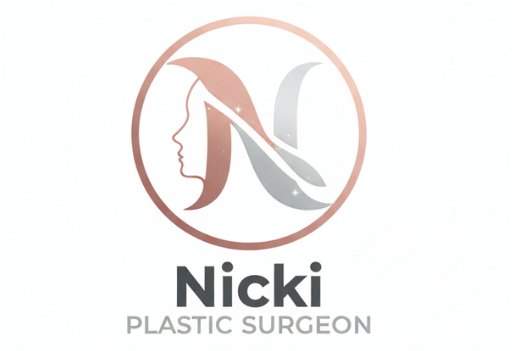
Limb Reconstructive Surgery in London
At her London practice, Dr Nicki Bystrzonowski provides reconstructive surgery for patients with soft-tissue loss, scarring, or deformities affecting the limbs. Her approach combines precision microsurgery with an understanding of form, proportion, and recovery, always balancing functional repair with aesthetic outcome.
Whether following trauma, infection, tumour removal, or previous surgery, Dr Nicki’s goal is to help patients return to comfort, confidence, and independence.
What Is Limb Reconstructive Surgery?
Limb reconstructive surgery involves rebuilding soft tissue, skin, and sometimes muscle or bone in the arms or legs. The aim is to restore both appearance and function, protecting vital structures such as tendons, joints, and nerves while improving movement and healing.
Reconstruction may involve:
Local flaps, where nearby skin and muscle are repositioned to cover a wound.
Skin grafts, where thin layers of healthy skin are transferred from another area.
Microvascular free flaps, where tissue (with its own blood vessels) is transplanted from one part of the body to another and reconnected under a microscope.
These advanced techniques allow durable coverage, faster healing, and improved cosmetic and functional outcomes, particularly in cases where trauma, infection, or tumour removal has left complex defects.
Key Information
| Detail | Summary |
|---|---|
| Procedure Time | 3–8 hours, depending on complexity |
| Anaesthetic | General anaesthetic |
| Hospital Stay | 3–10 days, depending on recovery needs |
| Recovery Time | Initial recovery 2–3 weeks; full recovery several months |
| Scarring | Variable; incisions planned for minimal visual impact |
| Results Visible | Gradual improvement as swelling and function recover |
| Longevity | Permanent once healing is complete |
| Follow-Up | Regular multidisciplinary reviews and physiotherapy support |
How Limb Reconstruction Works
Consultation and Planning
Patients are usually referred following trauma, tumour resection, or previous surgical complications. Dr Nicki Bystrzonowski performs a detailed assessment of the injury, tissue quality, and circulation to determine the best reconstructive approach. She collaborates closely with orthopaedic, vascular, and rehabilitation specialists to ensure comprehensive care.
Anaesthetic and Preparation
Reconstruction is carried out under general anaesthetic. Preoperative imaging or scans may be used to plan incision placement and tissue design, ensuring optimal blood supply and function.
The Procedure
Depending on the defect, Dr Nicki may use local flaps, skin grafts, or microsurgical free flaps to restore tissue coverage. In some cases, structural repair (bone, tendon, or nerve) is performed in collaboration with the wider surgical team.
Closure and Recovery
The reconstructed tissue is shaped to restore natural contour and mobility. Dr Nicki uses fine microsurgical techniques to reconnect blood vessels and ensure healthy tissue survival. Postoperatively, the limb is carefully monitored for circulation and healing.
Rehabilitation and Long-Term Outcome
Physiotherapy is an essential part of recovery. As healing progresses, movement and strength gradually return. Over time, scars fade and the restored area becomes more flexible and functional. The goal is always long-term durability, comfort, and confidence in movement.
